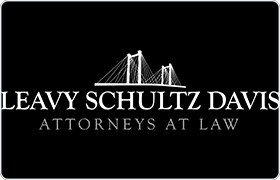Centerville Reorganization Lawyer, Washington
Sponsored Law Firm
-
 x
x

Click For More Info:
-
Leavy Schultz Davis, P.S.
2415 W Falls Ave Kennewick, WA 99336» view mapBankruptcy & Debt Serving your legal needs since 1947
Leavy Schultz Davis is one of the Mid-Columbia’s longest standing law firms serving Eastern Washington, Kennewick, Richland, Pasco, and the greater Tri-Cities area.
509-736-1330
Not enough matches for Centerville Reorganization lawyer.
Below are all Centerville lawyers.
Lori Lynn Hoctor
Litigation, Family Law, State Government, Juvenile Law
Status: In Good Standing Licensed: 17 Years
 Justine Koehle Kennewick, WA
Justine Koehle Kennewick, WA
